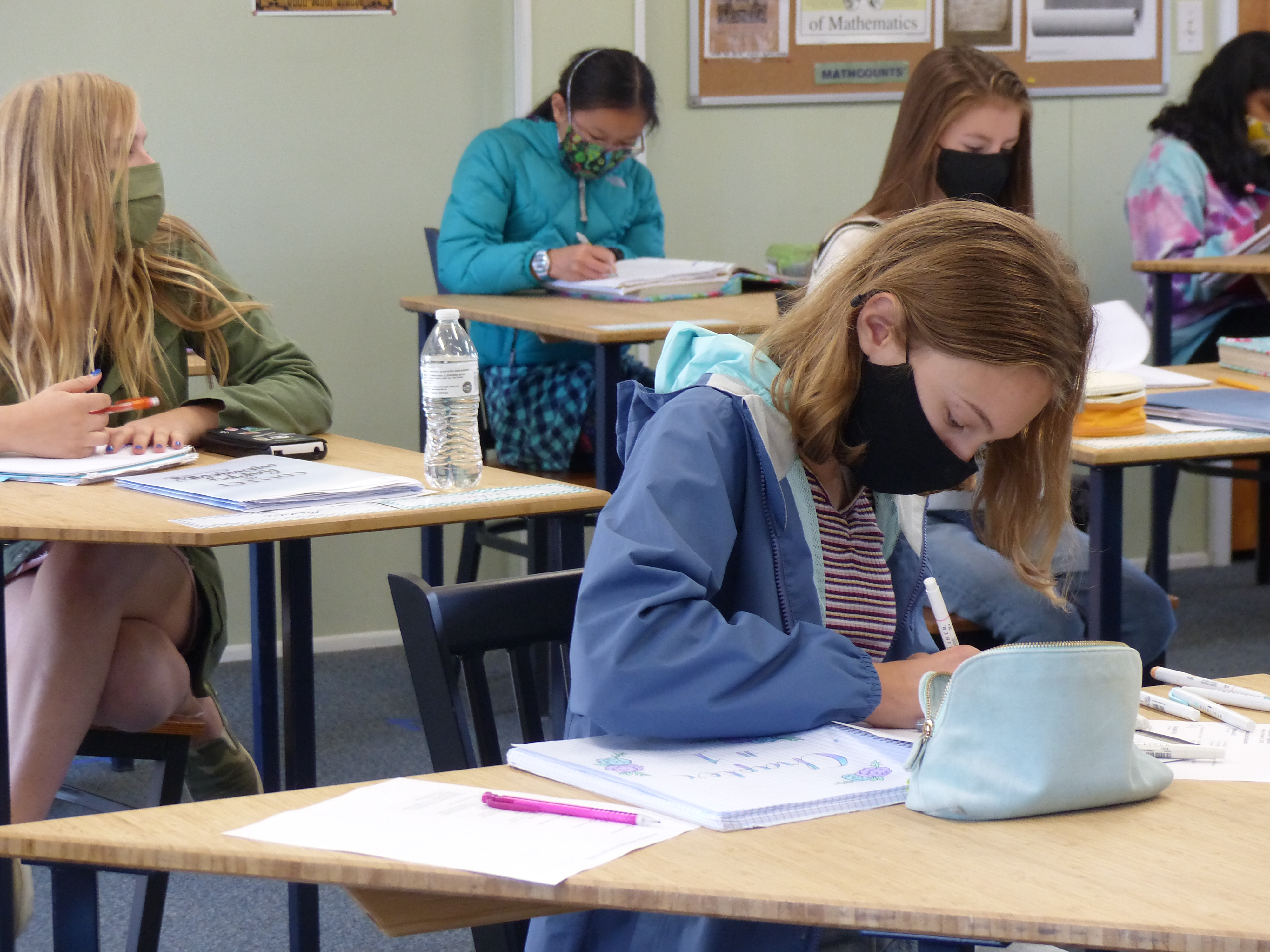
In his book, Creating the Schools Our Children Need, Dylan Wiliam makes several noteworthy points for teachers and administrators. Among them: it’s time for schools to shift their paradigm from asking “What works?” in their curriculum and pedagogy to asking “How well does it work?” In other words, schools need to know what’s effective and why, then make deliberate changes accordingly, especially during a time when there is a combination of on-site and remote instruction. Evidence-based decisions that prioritize how to best spend time learning are essential for improving student performance. During the current pandemic, when schools are shifting between various pedagogies and educational models, these evidence-based decisions are more important than ever before.
Another key point in Wiliam’s book is the importance of fostering a knowledge-rich curriculum. As he wrote, “The big mistake we have made in the United States is to assume that if we want students to be able to think, then our curriculum should give our students lots of practice thinking. This is a mistake because what our students need is more to think with.” As teachers often observe at Crossroads, knowledge serves as a kind of Velcro for future learning. Furthermore, greater knowledge also improves skills and with a more in-depth understanding of content, reading comprehension improves. For example, increasing history studies will improve students’ reading proficiency by building knowledge and vocabulary that is applicable across a range of subject areas.
Wiliam also observed that “…improving teacher quality requires investing in the teachers we already have,” so schools should prioritize professional development and growth opportunities for current teachers. Wiliam notes that even the most experienced administrators can’t predict which teachers will become most effective—this quality slowly reveals itself. However, schools can foster the professional growth of their faculty through frequent class visits, coaching, and a diverse range of professional development opportunities. Wiliam believes that almost all teachers can become effective if they are open to modifying their practices over a period of time. The key is to create a culture of improvement within schools.
There are many other insights Wiliam shares in his book and, of course, many other strategies that schools employ to foster their own improvements that seem more relevant today than ever before. But Creating the Schools Our Children Need offers a great range of insights for schools who prioritize their own growth to meet the evolving needs of students during these challenging times.




